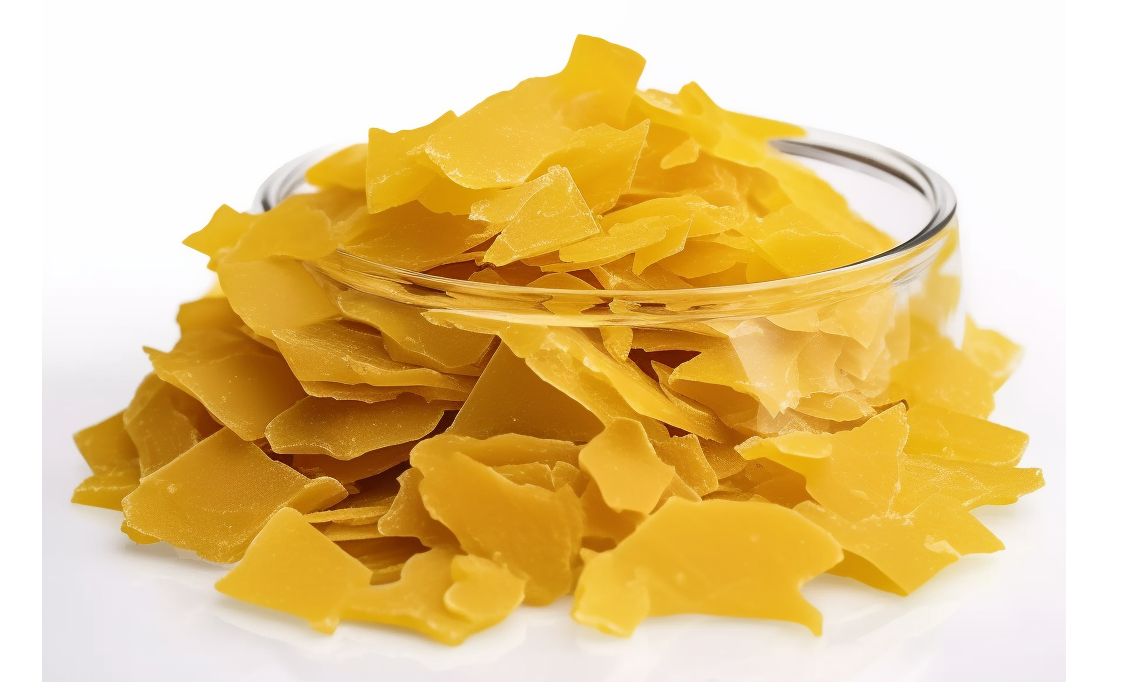
The Safety and Environmental Impact of Sodium Hydrosulfide (NaHS)
Sodium hydrosulfide (NaHS) is a crucial chemical in various industrial applications, but it poses significant safety and environmental risks if mishandled. This blog will discuss the hazards of NaHS, recommended safety precautions, potential environmental impacts, and best practices for its storage and disposal.
1. Hazards and Safety Precautions for Handling Sodium Hydrosulfide
1.1 Health Hazards
NaHS is a highly reactive and corrosive compound with significant health risks, especially if inhaled or in contact with the skin or eyes. When exposed to moisture or water, it releases hydrogen sulfide gas (H₂S), a toxic and flammable gas with a strong odor similar to rotten eggs. Key health risks include:
Inhalation of H₂S: Can cause respiratory irritation, dizziness, and in severe cases, respiratory failure.
Skin Contact: Direct contact can result in chemical burns or irritation.
Eye Contact: Exposure to NaHS can cause severe eye damage or blindness.
Ingestion: Can lead to severe gastrointestinal damage and systemic toxicity.
1.2 Key Safety Precautions
To mitigate the hazards associated with NaHS, the following safety measures should be implemented:
Personal Protective Equipment (PPE):
Wear chemical-resistant gloves, protective goggles, and a full-body protective suit.
Use a respirator with an H₂S filter when working in confined or poorly ventilated areas.
Ventilation and Air Monitoring:
Ensure the workspace is well-ventilated to prevent the accumulation of hydrogen sulfide gas.
Install H₂S gas detectors to monitor air quality.
Emergency Procedures:
Provide eyewash stations and emergency showers nearby.
Train workers on how to handle spills and exposure incidents.
Safe Handling Practices:
Never mix NaHS with strong acids, as this can trigger a rapid release of H₂S gas.
Handle only in designated chemical areas with proper ventilation.
2. Potential Environmental Impacts of Sodium Hydrosulfide
2.1 Air Pollution
When improperly stored or handled, NaHS can release hydrogen sulfide gas into the atmosphere, leading to air pollution. H₂S is classified as a hazardous air pollutant due to its toxicity and unpleasant odor. Prolonged exposure can affect the surrounding environment and nearby communities.
2.2 Water Pollution
Wastewater containing NaHS or its byproducts poses a threat to aquatic ecosystems. If released untreated into rivers or lakes, it can:
Deplete dissolved oxygen levels, affecting fish and other aquatic organisms.
Release toxic sulfides, harming marine biodiversity.
2.3 Soil Contamination
Accidental spills of NaHS can contaminate soil, making it acidic and disrupting the balance of nutrients. High concentrations of sulfides in soil can be toxic to plants and beneficial microorganisms, affecting agricultural productivity.
2.4 Long-Term Impact on Ecosystems
Persistent exposure to sodium hydrosulfide contamination can lead to long-term degradation of ecosystems, especially in areas where recovery is slow due to poor natural filtration. Coastal zones, wetlands, and river systems are particularly vulnerable.
Case Study: An Example of NaHS Spill
In 2018, an industrial accident involving a large spill of sodium hydrosulfide in a wastewater treatment facility led to the contamination of a nearby river. The spill caused fish kills and a noticeable decline in water quality, emphasizing the importance of proper NaHS handling.
3. Best Practices for the Storage and Disposal of Sodium Hydrosulfide
3.1 Proper Storage Conditions
NaHS should be stored following strict guidelines to minimize risks:
Containers: Use corrosion-resistant containers, such as those made from stainless steel or plastic-lined materials.
Sealed Storage: Keep containers tightly sealed to prevent moisture ingress and the release of H₂S gas.
Location: Store in a cool, dry, and well-ventilated area, away from heat sources, acids, and incompatible materials.
Labeling: Ensure all storage containers are properly labeled with hazard warnings and handling instructions.
3.2 Handling Spills and Leaks
Containment: Quickly contain any spills using absorbent materials or spill kits designed for corrosive chemicals.
Neutralization: Small spills can be neutralized with diluted sodium bicarbonate or lime to minimize environmental harm.
Ventilation: Ensure adequate ventilation to prevent the buildup of hydrogen sulfide gas during cleanup.
3.3 Disposal Methods
Proper disposal of sodium hydrosulfide is essential to avoid environmental contamination:
Neutralization Before Disposal: Neutralize NaHS solutions before discharging them into a wastewater treatment system.
Hazardous Waste Management: For large quantities, partner with a certified hazardous waste management company for safe disposal.
Compliance with Regulations: Follow local, national, and international regulations for the disposal of hazardous chemicals. In the US, compliance with EPA standards is mandatory, while in Europe, REACH regulations apply.
3.4 Recycling and Recovery
In industrial settings, NaHS byproducts can often be recovered and reused, reducing waste and minimizing environmental impact.
Conclusion
While sodium hydrosulfide is a valuable chemical in various industries, its hazardous nature requires careful handling, storage, and disposal. By following strict safety protocols and implementing environmentally friendly practices, companies can minimize risks to workers and the environment. Proper training, regular monitoring, and adherence to regulations are crucial to ensure safe operations.